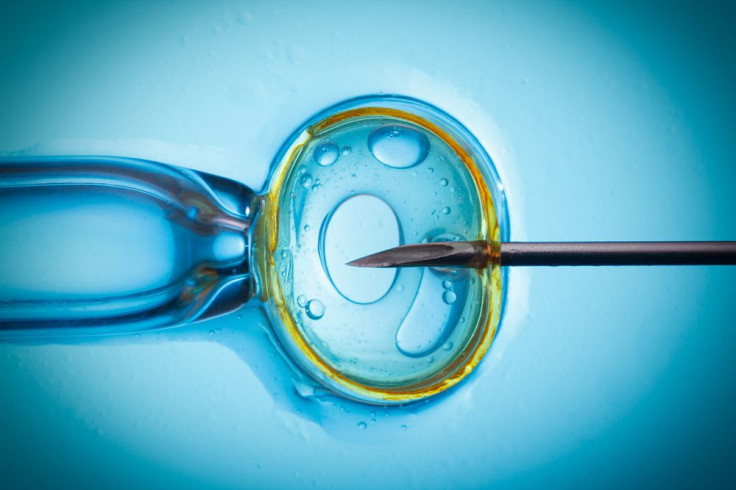In Vitro Fertilization's Success Rate Could Improve With Individually Cultured Embryos

The success rate of in vitro fertilization (IVF) is much lower than couples would think. For women believed to have a “top chance of success,” RESOLVE: The National Infertility Association reported, the success rate is 40 percent or more per cycle. But for a majority of women, the success rate is 20-35 percent; each cycle severely impacts a couple’s finances, stress, and emotions. But new research from National Tsing Hua University and the National Research Institutes in Taiwan may have figured out a way to improve these outcomes.
"It will lower the stress level of patients greatly if the number of IVF cycles and embryos transferred can be reduced, while maintaining a promising outcome," Chihchen Chen, lead researcher, said in a press release. "We are interested in understanding the essential needs of a developing embryo and aiming to improve embryo culture." Embryos, Chen added, are sensitive to their environments — and understanding this environment will help researchers to promote their growth.
Chen and her team developed a way to culture mouse embryos in a plate of open microwells, or small test tubes, spreading each out so a single well contained one to two embryos. They added a layer of oil over each embryo to prevent them from moving between these wells. By keeping embryos in place, researchers could still “penetrate the system to eventually transfer the embryos to the uterus.”
More importantly, these wells give each embryo their own environment, which makes it easier to determine which embryos are the most viable on a case-by-case basis. With high-resolution time-lapse imaging to track individual development, Chen could actually see embryos successfully developed even when cultured in these tiny wells. The length of time these embryos took to reach certain cell stages was also an accurate predictor of the likelihood they would develop into blastocysts, “providing a simple way to screen and select the most promising early-stage embryos for implantation.”
Chen cited embryos cultured in current IVF treatments are pooled together in smalls drops of fluid before being transferred into the uterus. It’s an efficient method, but it apparently makes implantation less selective. It’s harder for lab technicians to assess an embryo’s viability. Thus this new method could lead to “a more targeted approach to implantation,” cutting both costs and time at the same time it leads to higher success rates.
"After the experimental conditions have been optimized for human embryos and put through clinical validations, the techniques could be applied to IVF in humans," Chen said.
Source: Chen C, et al. Microwells support high-resolution time-lapse imaging and development of preimplanted mouse embryos. Biomicrofluidics, 2015.
Published by Medicaldaily.com



























